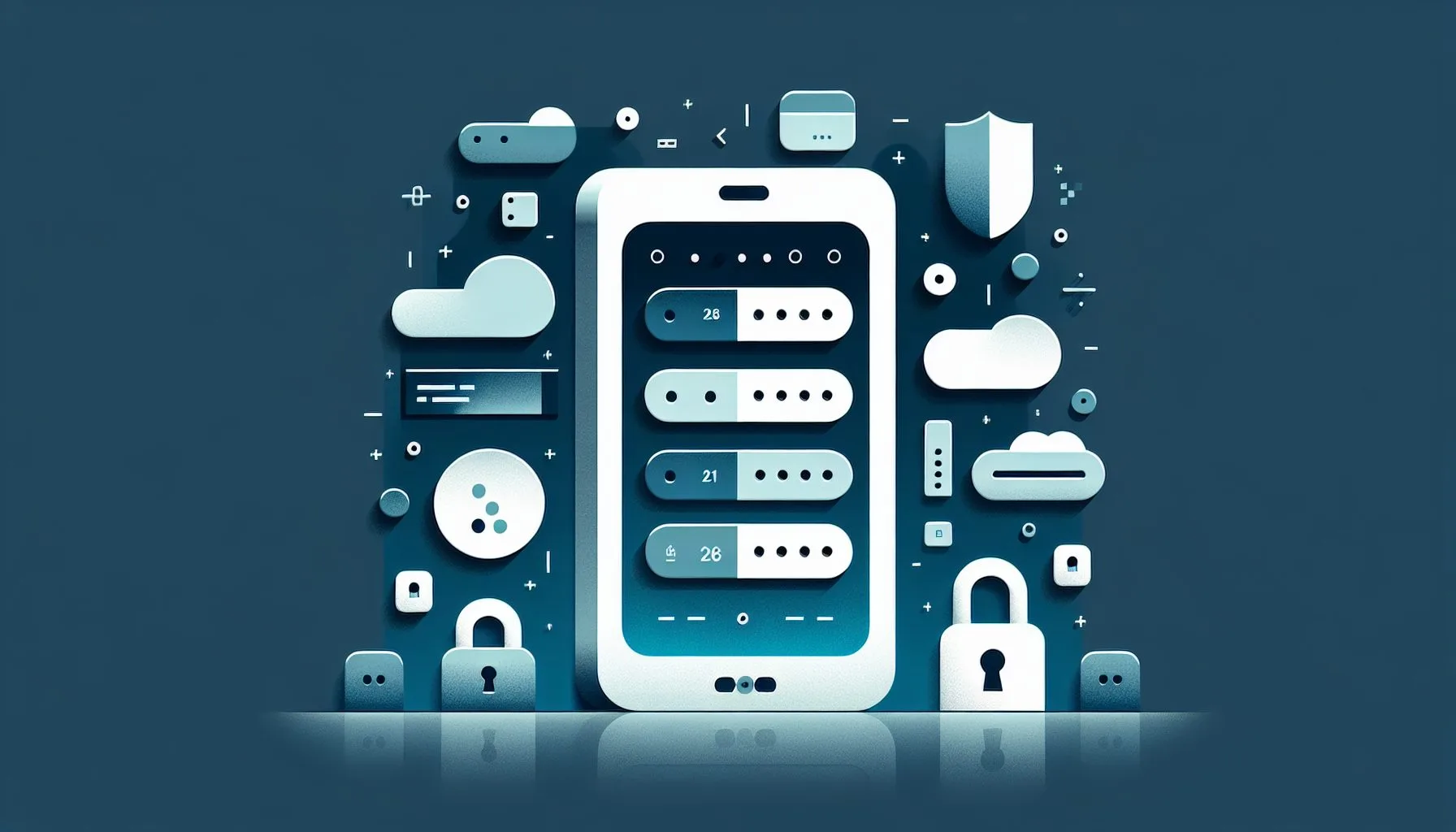Interesting Facts
Two-factor authentication (2FA) serves as an essential shield for your online accounts, adding a critical layer of security beyond passwords. Microsoft Authenticator is a popular app that generates time-sensitive codes to verify your identity during login processes. But what really happens if you remove an account from Microsoft Authenticator? While it may seem simple, this action has important consequences that every user should understand before proceeding.
When you delete an account from the Microsoft Authenticator app, you erase the 2FA token tied to that account on your device. This means your app no longer creates valid authentication codes for that specific account, cutting off your direct ability to confirm your identity during sign-ins. Without these generated codes, attempts to log in can be blocked, potentially locking you out if alternative recovery options aren’t in place. You can find more on removing accounts and its consequences in community discussions such as lost phone but reinstalled Authenticator issues.
Take, for instance, a Twitter account secured with Microsoft Authenticator. If that account is removed from the app, the app won’t produce the necessary 2FA code for logging in. Unless you have saved backup codes or set other recovery methods like a security key, accessing your account can become a frustrating challenge that requires contacting support services. Detailed recovery options and challenges for Twitter two-factor authentication can be found here.
Understanding the Risks of Account Removal
Removing an account is akin to severing the secure bridge your device has with that account’s authentication process. Microsoft Authenticator won’t just forget the link temporarily—it completely loses the token needed for generating access codes. This can cause login failures and increased vulnerability if you rely solely on passwords afterward.
Many users overlook the importance of backup codes, which platforms offer as emergency keys to regain access if 2FA devices fail or links are lost. These codes must be stored securely offline or physically. Without a backup, you may face identity verification hurdles that involve extensive customer support processes. For guidance on restoring or managing multi-factor authentication accounts, this Duo restoration guide offers valuable insight.
Need Reliable Account Security?
Changing Devices and App Reinstallation Considerations
When upgrading or switching phones, removing accounts from Microsoft Authenticator prematurely or without proper backup can cause sudden lockouts. Microsoft provides an option to back up 2FA data to the cloud via your Microsoft account, but this feature must be activated in advance. Once enabled, restoring accounts on new devices is much smoother.
Uninstalling and reinstalling the Microsoft Authenticator app wipes all stored 2FA tokens, demanding a fresh setup process. If backup codes or alternative recovery methods aren’t prepared, regaining access can be a tedious ordeal.
Security Implications
Removing an account disables the device’s ability to generate 2FA codes, weakening your security. Password-only access is prone to phishing, hacking, or brute force attacks, so two-factor methods remain indispensable for protecting your accounts.
Fortunately, many platforms provide alternative recovery options such as SMS codes, email verification, or physical security keys. While helpful, recovery can be slow and inconsistent, emphasizing the importance of having multiple authentication methods enabled beforehand.
Planning Ahead: Backup Codes and Multiple Authentication Methods
To prevent lockouts, always store backup codes securely when setting up 2FA. These codes are single-use but invaluable in emergencies. Additionally, linking your account to receive SMS codes or using a physical security key adds extra layers of fail-safe recovery.
Migrating Accounts to New Devices
When upgrading devices, don’t rush to remove accounts from your old phone before ensuring proper migration. Activate cloud backup within Microsoft Authenticator if available. If not, manually re-add accounts by scanning QR codes or entering secrets from original services.
Locked Out? Here’s What to Do
If locked out, begin by checking for backup codes or alternative authentication methods. If these are missing, use the account recovery options offered by services, which usually involve identity verification questions or support contact. Although recovery may take time, persistence pays off. For community support and troubleshooting on losing 2FA codes, see this Microsoft forum thread.
The Balance Between Security and Convenience
Microsoft Authenticator balances strong security with ease of use, but removing accounts disrupts this. Think of 2FA as locks for your digital treasure chest and backup methods as spare keys. Losing the key leaves you on the outside, so careful management is essential. For more context on effective two-factor authentication setup, you may explore GitLab’s two-factor authentication documentation.
Conclusion
Removing an account from Microsoft Authenticator deletes the 2FA tokens needed for secure login, possibly locking you out without backup codes or alternative recovery options. Planning and preparation are key to keeping your online accounts both secure and accessible. For those looking to buy or sell verified accounts, our platform offers trustworthy services like Twitter verification badges and selling Twitter accounts with assurance.
Can I regain access to my account if I accidentally remove it from Microsoft Authenticator?
Yes, if you have backup codes, alternative authentication methods like SMS, or a physical security key. If not, you’ll need to go through the service’s recovery procedures which may involve identity verification.
Does removing an account from Microsoft Authenticator delete the online account?
No, it only removes the 2FA token from your device, not the actual online account. The account remains intact but you lose the ability to generate authentication codes on that device.
What should I do before removing an account from Microsoft Authenticator?
Ensure you have saved backup codes, set up alternative authentication methods, and consider enabling cloud backup to prevent loss of access.

